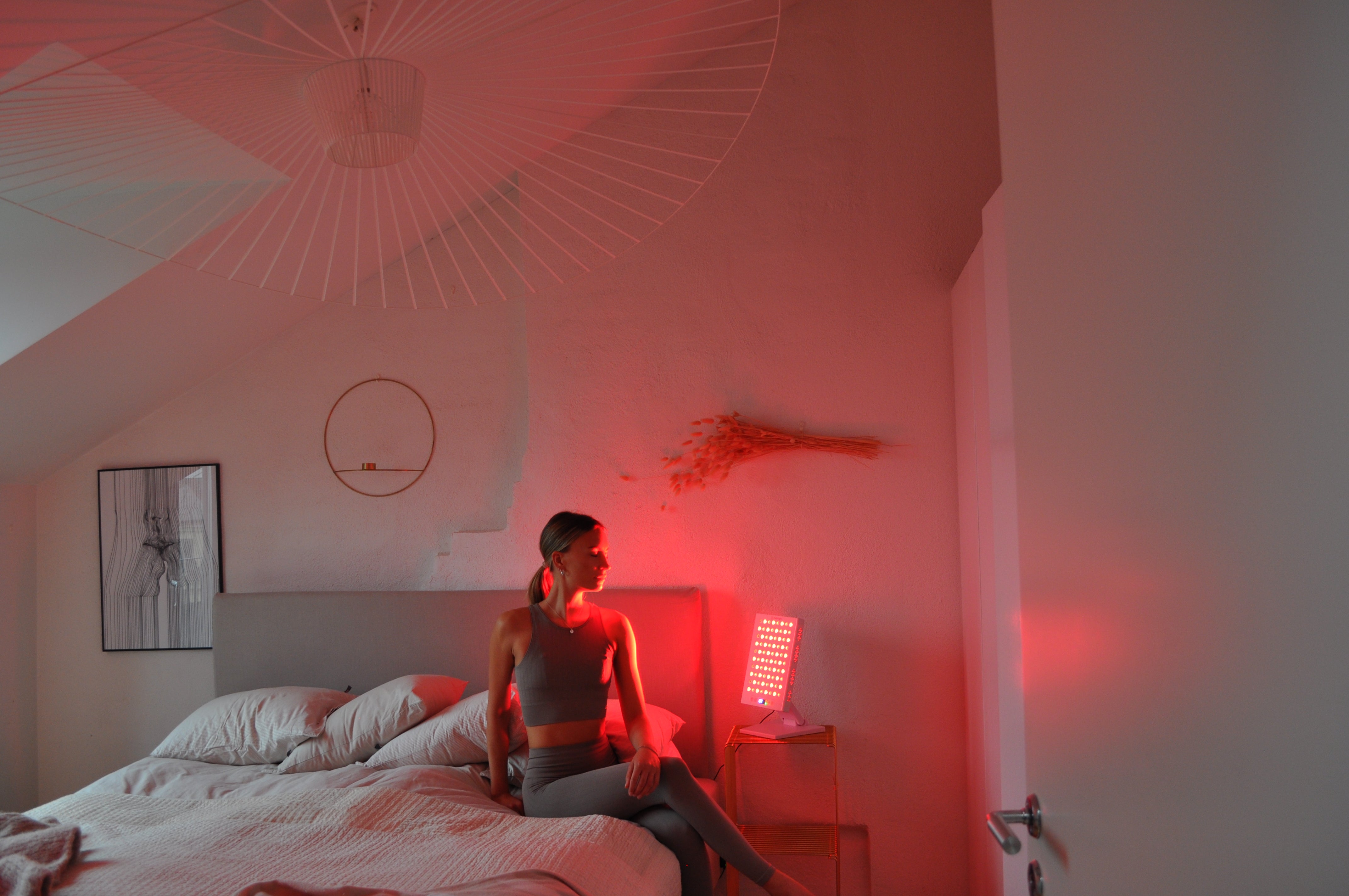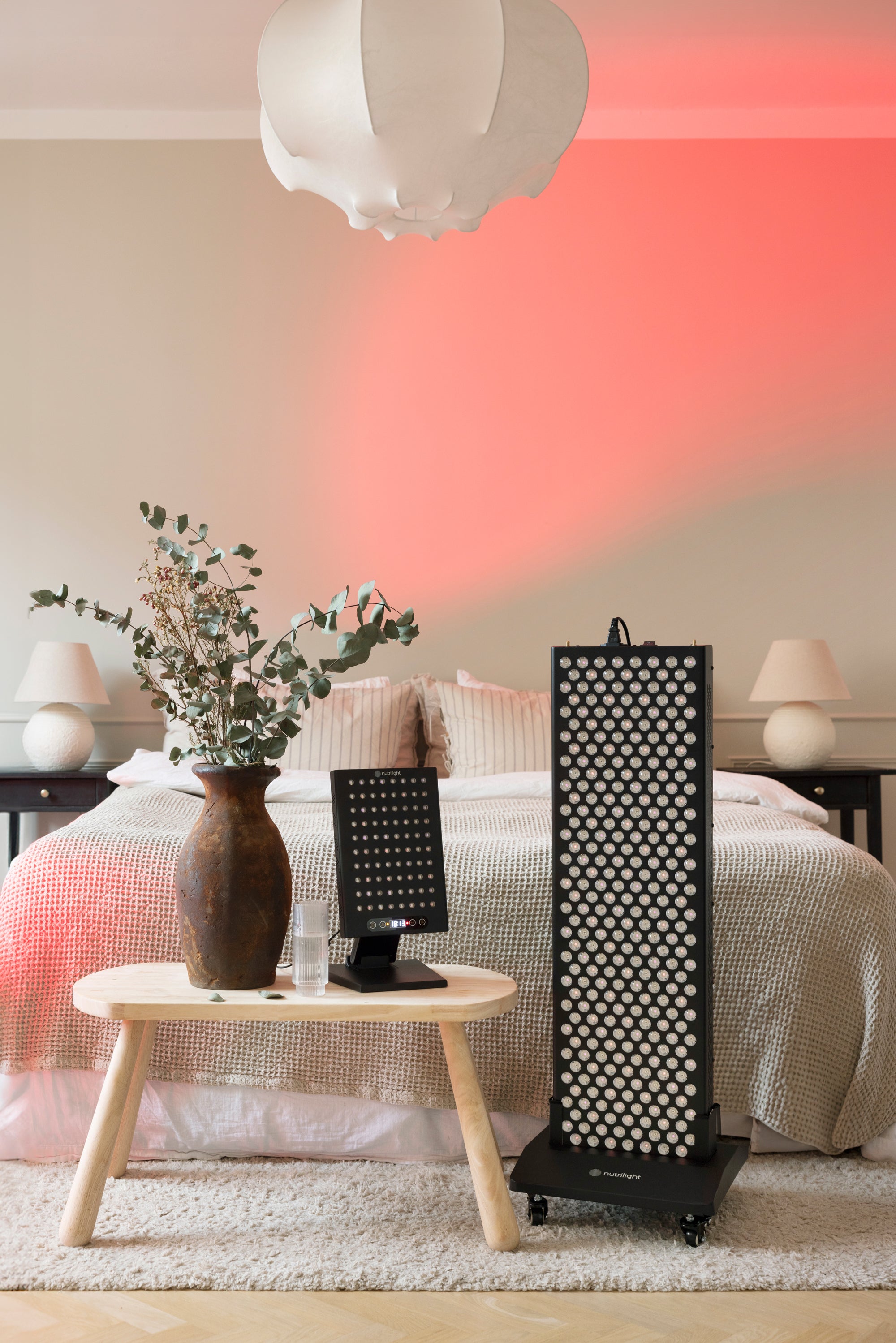When you talk about stem cells, we get as close to magic as it gets in biology. Of course, it's only magical in a figurative sense, but surely it inspires faith in the future when you hear that stem cells can become any cells in the body? Just think of all the diseases that could be alleviated or even cured. Body parts that have been lost or damaged could be replaced without the problem of rejection, which is common in transplants. Those who talk about eternal life often mention stem cells in the same sentence, and many attribute rejuvenating properties to stem cells.
Stem cells are cells found in all multicellular organisms but were discovered relatively late in the history of medicine. In 1908, the concept was mentioned by the Russian researcher Alexander Maksimov at a congress in Berlin, but it took more than fifty years before research began in earnest. In the 1960s, for example, it was discovered that the bone marrow of mice could renew itself, and it was understood that something big was on the way, and the 1990s was the decade when stem cell research really broke through. I trained as a nutritional physiologist during the first part of the 1990s and really remember how mythically stem cells were produced in various contexts, even strictly scientific ones. Today, research has come a long way, and interestingly, factors have been identified that can affect the stem cells in our bodies in a positive way. Photobiomodulation (PBM), of which RLT (Red Light Therapy) is one type, has been shown to activate our own stem cells, which could explain many of the healing properties of RLT.
Stem cells - that's how it works
There are two basic properties that stem cells possess. One is that they can undergo an infinite number of cell divisions and at the same time keep the daughter cells undifferentiated. The consequence is that we can get more stem cells if the body decides to, and this can be a very important factor when it comes to health and aging.
The other unique thing about stem cells is that they can mature into one or more different cell types. Stem cells can be divided into four groups depending on what they can give rise to. Totipotent stem cells can form any cell type and belong to the very earliest stem cells in an embryo. They change to become pluripotent stem cells can give rise to all cells except the placenta (placenta). As they are very general and not specialized, it is these that are mainly in demand in research. In the adult body, there are multipotent stem cells that form closely related cells, e.g. blood cells, and unipotent stem cells can only form one type of cell. It is the multipotent and unipotent stem cells that are involved when research is conducted on, for example, RLT's effect on stem cells. The natural function of stem cells is to maintain and repair tissues and organs, and if you can speed up that process, you could, in theory, reverse damage caused by aging and/or disease.
The effect of red light on stem cells
A lot of research has been done on stem cells and a lot specifically on how they react to RLT. It turns out that they begin to divide when they are exposed to light of the right wavelengths (1). It is both red and near-infrared light that works and you can describe it as the stem cells being activated and starting to do their job when they are illuminated. The stem cells receive an increase in nitric oxide, ATP (the cells' main energy currency) and cAMP, all of which stimulate cell division. It is likely that much of the healing effects of RLT are caused by this stem cell activation, but it is still difficult to assess how much. However, it is known that the stem cell effect is highly present and is used, among other things, in advanced wound healing (2). Animal studies have also shown that treatment against osteoporosis can be made more efficient, precisely with the help of stem cells (3). However, it is one thing to do test tube studies and experiments on animals. The question everyone wants answered is whether RLT treatments can make a difference to the stem cells that are actually in the body, and the answer is yes, it can. A pilot study showed a significant increase in stem cells during regular treatment of the tibia of subjects (4). These stem cells will then be transported with the bloodstream to places in the body where old damaged cells need to be replaced. This is regenerative healing at its best, and the user will experience a true rejuvenating effect with more intact and well-functioning tissues (5). For example, it has been possible to see an increased formation of articular cartilage with the help of activated stem cells, and this gives great hope to everyone who is affected by osteoarthritis (6).
- Khatereh Khorsandi 1, Reza Hosseinzadeh 2, Heidi Abrahamse 3, Reza Fekrazad 4 5 Biological Responses of Stem Cells to Photobiomodulation Therapy. Curr Stem Cell Res Ther. 2020;15(5):400-413. doi: 10.2174/1574888X15666200204123722.
- Stem Cell Res Ther. Enhancing therapeutic efficacy of human adipose-derived stem cells by modulating photoreceptor expression for advanced wound healing. Sang Ho Lee 1, Yu-Jin Kim 1, Yeong Hwan Kim 1, Han Young Kim 2, Suk Ho Bhang 3. 2022 May 26;13(1):215. doi: 10.1186/s13287-022-02892-2.
- Mehrdad Asgari 1 2, Mohammad-Amin Abdollahifar 1, Rouhallah Gazor 2, Tayyebali Salmani 3, Armin Khosravipour 1, Yaser Mahmoudi 4, Farzad Baniasadi 5, Michael R Hamblin 6 7, Heidi Abrahamse 6, Sufan Chien 8 9, Mohammad Bayat 1 8 9. Photobiomodulation and Stem Cell on Repair of Osteoporotic Bones. Photobiomodule Photomed Laser Surg. 2022 Apr;40(4):261-272. doi: 10.1089/photob.2021.0127.
- Amir Oron 1, Shai Efrati 2, Keren Doenyas-Barak 2, Hana Tuby 3, Lidya Maltz 3, Uri Oron 3
Photobiomodule Photomed Laser Surg. Photobiomodulation Therapy to Autologous Bone Marrow in Humans Significantly Increases the Concentration of Circulating Stem Cells and Macrophages: A Pilot Study. 2022 Mar;40(3):178-182. doi: 10.1089/photob.2021.0123. Epub 2022 Feb 21. - Thobekile S Leyane 1, Sandy W Jere 1, Nicolette N Houreld 1. Cellular Signaling and Photobiomodulation in Chronic Wound Repair. Int J Mol Sci. 2021 Oct 18;22(20):11223. doi: 10.3390/ijms222011223.
- C Schneider 1, P Dungel 2, E Priglinger 1, M Danzer 3, B Schädl 4, S Nürnberger 5. The impact of photobiomodulation on the chondrogenic potential of adipose-derived stromal/stem cells. J Photochem Photobiol B. 2021 Aug;221:112243. doi: 10.1016/j.jphotobiol.2021.112243. Epub 2021 Jun 18.
Author: Fredrik Paulún






Share:
The management of psoriasis in a new light
Red light therapy and gut health